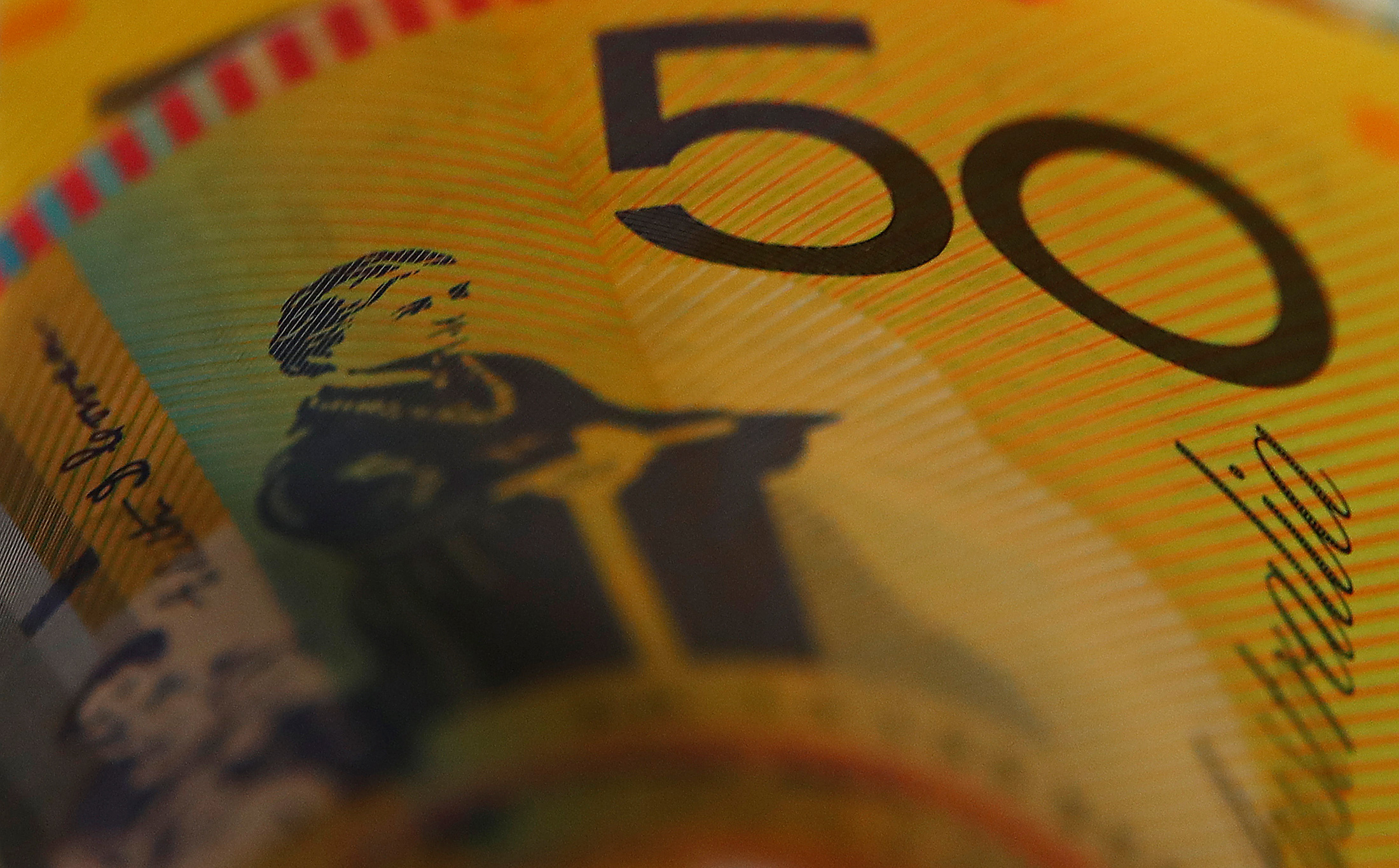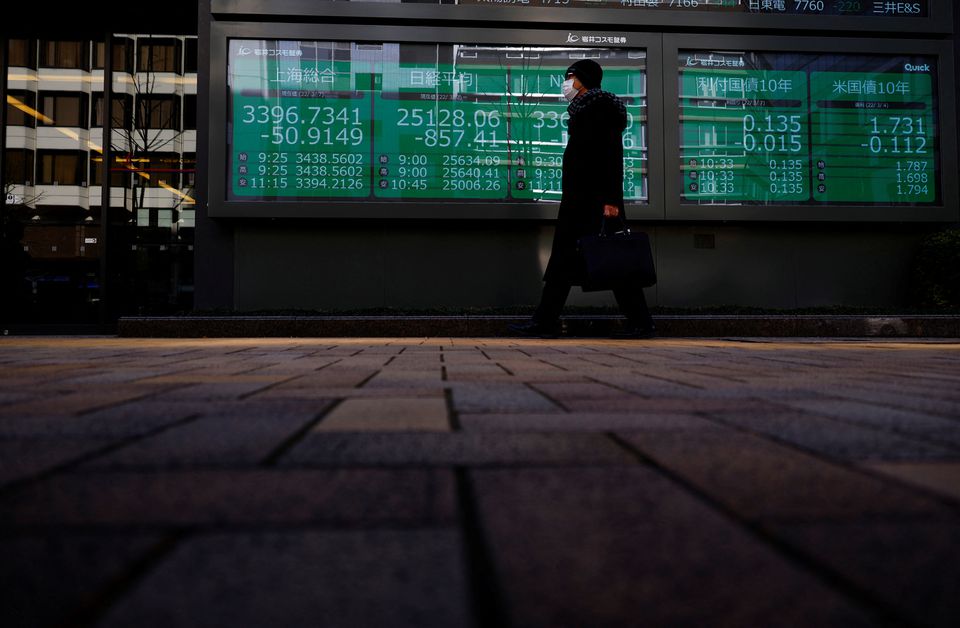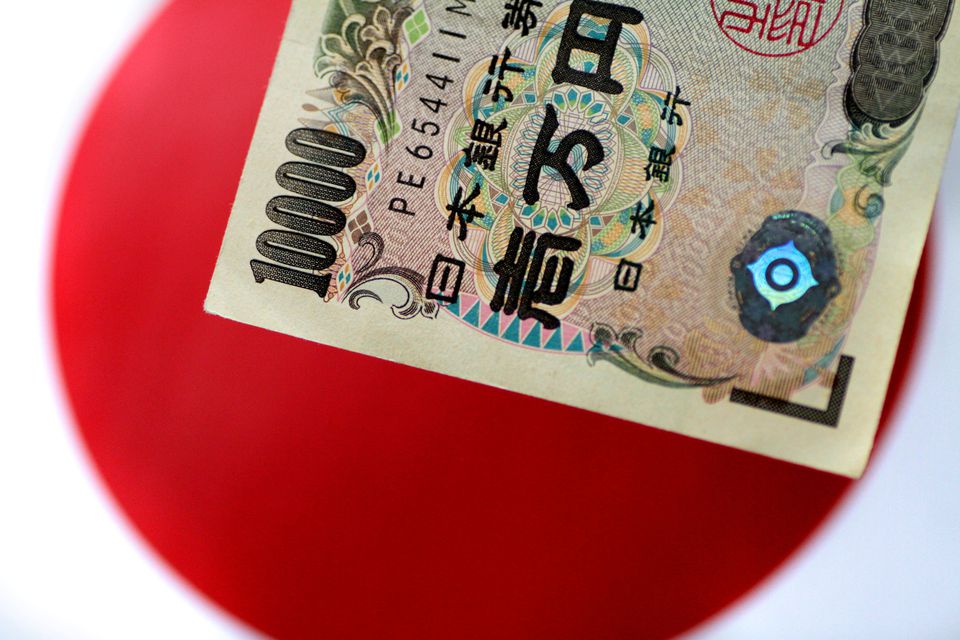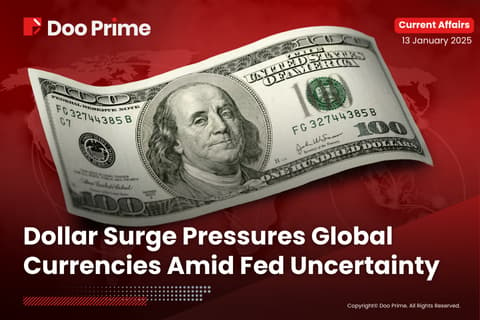WORLDWIDE: HEADLINES
Australia’s IGO Sees Delay In $800 Mln Western Areas Takeover Amid Nickel Market Volatility

Australian nickel and lithium miner IGO Ltd (IGO.AX) said on Monday its A$1.10 billion ($799.7 million) takeover of Western Areas (WSA.AX) would be delayed due to the recent volatility in nickel prices after Russia’s invasion of Ukraine.
Shares of IGO slid as much as 7.5% after the company said it would now close the deal by May or June, compared with its earlier expectation of early May.
The delay comes as the London Metal Exchange suspended nickel trading last week after prices doubled to more than $100,000 per tonne on supply worries following Western sanctions on major producer Russia.
IGO acknowledged the short-term volatility in the LME nickel market and price, but said its valuation of Western Areas and long-term view of the nickel market fundamentals were unchanged. It also said it would not increase its current A$3.36 per share cash offer for Western Areas.
Western Areas separately said it was considering the implications of the volatility on market expectations for medium- to long-term prices.
Full coverage: REUTERS
U.S. Gasoline Prices Edge Lower After Hitting Record High Last Week

U.S. gasoline prices at the pump edged lower over the weekend after reaching all-time highs last week following Russia’s invasion of Ukraine.
Retail gasoline prices fell for the second straight day on Sunday to $4.325 per gallon, below a record of $4.331 hit on Friday, according to American Automobile Association data. Russia’s invasion of Ukraine in late February has roiled energy markets worldwide since, bringing more expensive fuel costs to motorists who have also been hit by higher inflation.
Oil markets have been volatile recently. Global benchmark Brent crude futures rose to $139.13 per barrel last Monday, the highest since 2008. They then plummeted to as low as $105.60 per barrel on Wednesday.
“It appears for now that retail prices have caught up to the rise and oil and are now falling on the big drop in oil that occurred on Wednesday and Thursday,” said Patrick De Haan, head of petroleum analysis at GasBuddy.
“However, there may be slight increases down the road if oil prices edge higher.”
Analysts consider $4 a gallon to be a psychological trigger for consumers filling up at the pump that results in cost considerations for motorists.
Last week, many U.S. and Canadian motorists were already thinking of ways to cut other expenses to pay for fuel.
Full coverage: REUTERS
WORLDWIDE: FINANCE/BUSINESS
Shares Up As Oil Slips On Hopes For Ukraine Talks

Asian shares advanced and oil slipped on Monday on hopes for progress in Russian-Ukraine peace talks even as fighting raged on, while bond markets braced for rate rises in the United States and UK this week.
While Russian missiles hit a large Ukrainian base near the border with Poland on Sunday, both sides gave their most upbeat assessment yet of prospects for talks.
Just the chance of peace saw S&P 500 stock futures add 0.7%, while Nasdaq futures rose 0.6%.
Japan’s Nikkei (.N225) rose 1.1%, while MSCI’s broadest index of Asia-Pacific shares outside Japan (.MIAPJ0000PUS) inched up 0.1% after sliding almost 4% last week.
Bonds remained under pressure having taken a beating last week as surging commodity prices looked set to boost inflation yet further, with yields on 10-year Treasuries rising three basis points early Monday to 2.03%.
Notably, a key measure of U.S. inflation expectations climbed to 3% and near record highs.
That merely cemented expectations the Federal Reserve would lift rates by 25 basis points at its policy meeting this week and signal more to come through members’ “dot plot” forecasts.
“The dots will likely be mainly clustered around four or five hikes for 2022, up from three previously, given the stronger pace of inflation since the January FOMC meeting,” said Kevin Cummins, chief U.S. economist at NatWest Markets.
“We suspect we could also get an addendum on how the Fed plans to reduce the size of the balance sheet as early as this week.”
The Bank of England is expected to lift its rates to 0.75% on Thursday, the third rise in a row, and to signal more with the market pricing an aggressive 2% by year end.
Fed fund futures imply no less than six or seven hikes this year to around 1.75%, keeping the U.S. dollar underpinned near the highest since May 2020.
Full coverage: REUTERS
Yen Slides To Five-year Lows At Start Of Busy Week For Central Banks

The yen slid to a new five-year low on Monday, ahead of a bumper week of central bank meetings around the world which will almost certainly reaffirm the Bank of Japan’s position as one of the last dovish central banks standing.
Also weighing on the yen and fellow safe haven the Swiss franc, were hopes for progress in Russian-Ukraine peace talks, after the U.S. Deputy Secretary of State said Russia is showing signs it might be willing to have substantive negotiations over Ukraine.
Fighting, however, continued to rage.
The dollar climbed to as much as 117.61 yen on Monday morning, its highest since January 2017, extending gains from the previous week which Barclays analysts attributed to a decline in demand for safe havens as equities rallied.
The U.S. currency also gained on the Swiss franc in early trade, hitting 0.9363, its highest since late November.
“The BOJ’s dovish bias, in contrast to the expected Fed liftoff, should continue to support dollar-yen alongside negative terms of trade impact from high energy costs,” Barclays said, adding there is “no clear resistance until the end-2016 high of 118.6”
The U.S. central bank’s rate setting Federal Open Market Committee meets this week, and is all but certain to begin hiking interest rates from their pandemic lows, with investors also watching projections for the frequency and size of future rate increases.
This is putting bonds under pressure and the yield on benchmark 10-year Treasuries rose as much as six basis points early Monday to a new month high of 2.06%
In contrast, the BOJ is set to remain dovish at its meeting this week as policymakers try to boost the country’s weak economic recovery from the pandemic.
Also meeting this week is the Bank of England with markets expecting a further 25-basis-point rate hike.
Full coverage: REUTERS
Oil Prices Slide, Extending Last Week’s Decline

Oil prices extended last week’s decline to fall by about $4 a barrel during early trade on Monday after a U.S. official said Russia was showing signs it might be willing to have substantive negotiations over Ukraine.
Brent crude futures was last down by $4.12 or 3.6% at $108.55 a barrel at 0115 GMT on Monday.
U.S. West Texas Intermediate (WTI) crude futures eased $3.93 or 3.7% to $105.40 a barrel.
Both contracts have surged since Russia’s Feb. 24 invasion of Ukraine and are up roughly 40% for the year to date.
On Sunday, U.S. Deputy Secretary of State Wendy Sherman said that Russia is showing signs it might be willing to have substantive negotiations over Ukraine, even as Moscow currently is intent on “destroying” its neighbor. Russia’s invasion, which Moscow calls a “special operation,” has roiled energy markets globally.
Brent lost 4.8% last week and U.S. WTI fell 5.7%, both posting their steepest weekly decline since November. That was after both contracts hit their highest levels since 2008 earlier in the week on supply concerns after the United States and European allies considered banning Russian oil imports.
While the U.S. later announced a ban on Russian oil imports and Britain said it would phase them out by year end, downward pressure on prices was fuelled by comments from a United Arab Emirates ambassador that the country supports production increases and would encourage OPEC to consider higher output.
OPEC+, or the Organization of the Petroleum Exporting Countries, Russia and their allies, have been struggling to meet existing output quotas due to low investment and a lack of spare capacity to further boost production.
“The U.S. ban on Russian crude oil imports saw prices initially rally sharply. However, without the Europeans joining the move, the risk of further tightness in oil markets was discounted,” said ANZ Research analysts in a note on Monday.
Full coverage: REUTERS



